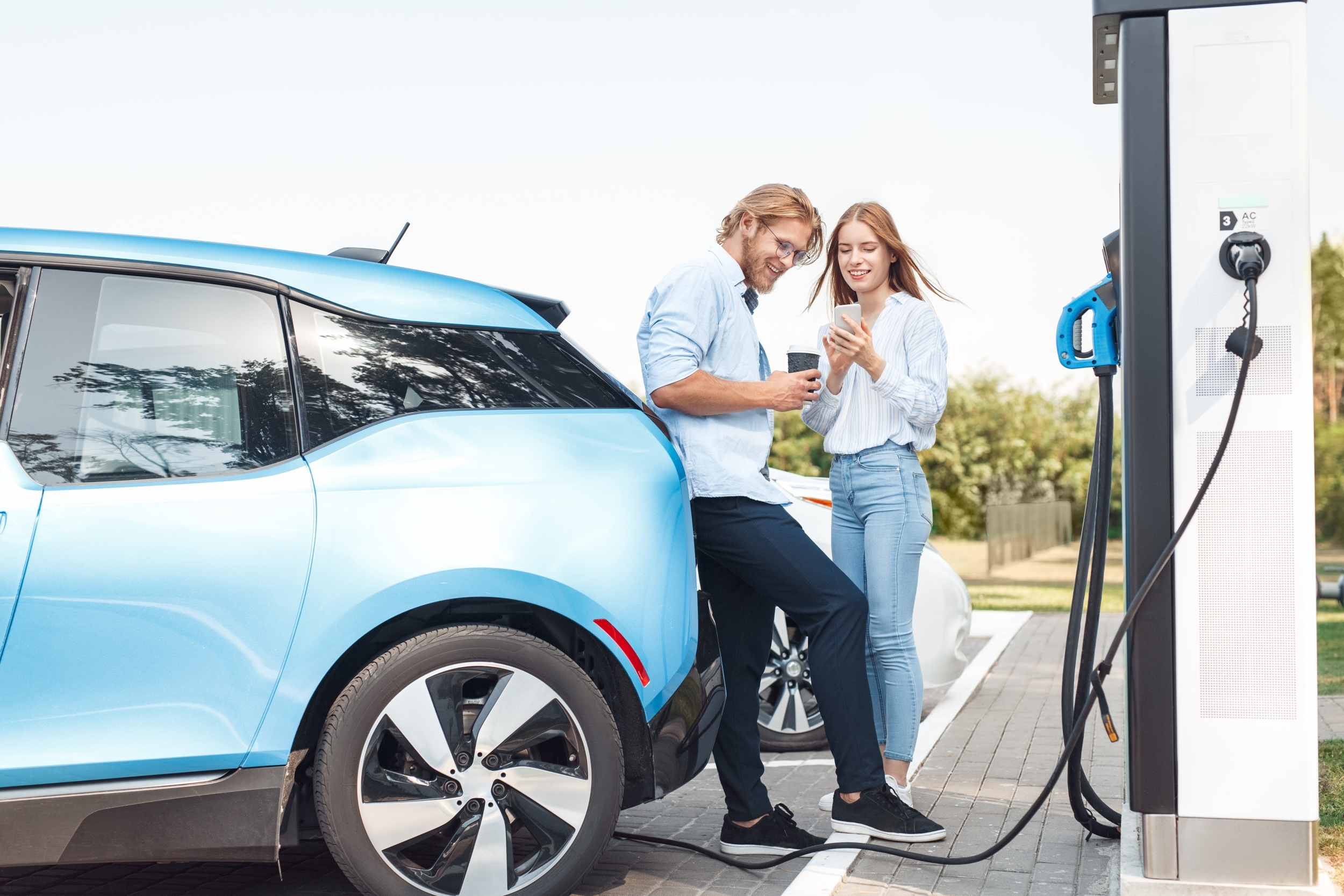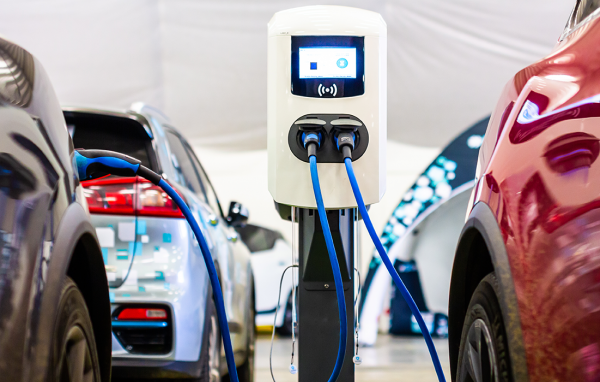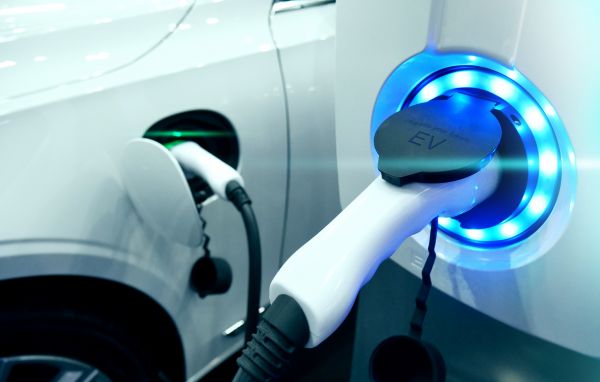Electric charging infrastructure market trends and considerations for the future
Learn about the future of the electric vehicle market, charging infrastructures, and the barriers which may have, in years gone by, slowed down the migration into green travel. The importance of infrastructure sustainability is becoming more and more apparent as authorities make a global promise to reduce carbon footprints, particularly in the realms of the electric vehicle (EV) transport sector.
By 2031, the global charging infrastructure market is expected to be worth over $65 billion USD per year, creating huge opportunities for companies with the EV charging industry. With this comes a range of manufacturing considerations, to meet the charging station availability demands, ensuring they are functional and can accommodate the growing fast-charge requirements.
 There were over 1 million EVs sold globally in 2017, and 1 in 12 new vehicles sold in the UK were electric.
There were over 1 million EVs sold globally in 2017, and 1 in 12 new vehicles sold in the UK were electric.
Worldwide acceptance of EV’s could be partly due to the shift in attitudes towards sustainability but can also be credited to both the development in design and technology of the vehicle infrastructure itself and regulatory policy.
Charging points demand vs supply
Despite the COVID – 19 pandemic and global disruption, the EV’s charging infrastructure sector has faced minimal impact.
For instance, the Chinese government has announced stimulation packages toward boosting the development of a network of EV charging stations. Increased focus on EV charging infrastructure means the sector is likely to see exponential growth.
Similarly, within Europe, many of the EV commercial charging incentives such as tax returns are proving a popular motive, also contributing to closing the supply and demand gap for charging stations.
Within the Middle East market, the EV charging infrastructure market is increasing due to growing demands for effective pollution control strategies, along with a surge in demand for EV themselves.
Charging variables
With emerging innovations within EV charging technology, there are 3 main systems that may be used to charge a vehicle
- Conductive charging, which is where the EV battery is connected by a cable and plugged directly into a charging station
- Inductive charging, which is known as wireless charging, where the electricity is transferred through the air from the charger into the vehicle, and
- Battery exchange, which is a method that is widely used in India and involves swapping the EV battery with a fresh one in a battery-swapping station
Conductive charging is currently the most preferred system for EV users, and this is due to its lower cost, higher efficiency, and ease of use. However, all these systems require a complex cabling structure to ensure safe and efficient charging from the station to the vehicle
Electrical Safety First published that 74% of EV users admit they have charged dangerously, in an early 2021 news release. Users cited this was due to the absence of local public charging points. With a limited number of public charging infrastructure, available EV owners may be forced to charge dangerously by using indoor cabling in outdoor environments or placing cables across walkways and pavements causing a risk to others. This highlights an urgent need for charging cables fit for outdoor environments, weathering, and public settings. Arguably the biggest challenge delaying owners from entering the EV market is the charging speeds available, especially in comparison to filling up a petrol or diesel tank. Developments in charging infrastructures have led to fast charging cables, but this too comes with safety concerns and considerations. Manufacturing companies are said to be developing cables with new charging innovations of fewer than 20 minutes. With targets like these on the horizon, a robust, high-quality cable that is able to accommodate high levels of electrical resistance is key to ensure there are no concerns or risks of overheating.
Alongside 'going green' initiatives we are also in the midst of a digitalised transformation, real-time information is now, more accessible than ever and the EV charging industry is no exception. Depending on the make and model of the EV, charging cables can also be used to not only power but also communicate from the vehicle back to the wider charging network. Smart devices enable users to avoid peak charging times and sell back to the grid to support demand. All connected through the cabling infrastructure facilitating communication triggering autonomous energising or charging functions.
Cable testing
The above considerations along with the demand for power, data, and sustainable charging has caused regulatory bodies to recognise the need for EV charging cable standards. Safeguarding the migration towards electric transportation and its infrastructure.
The following 2 cable standards are established in the industry:
- EN 50620 specifies the design and dimensions for cables taking into account insulation and sheath, with a voltage rating of up to 450/750 V
- IEC 62893 comprises of many parts covering construction through to test methods for the insulation and charging rates

As part of the testing and certification process of charging cables, various fire tests are conducted to assess safety and performance characteristics
The EV industry is continuing to grow year-on-year, and with it, the development of infrastructures that can comfortably satisfy the demand is pivotal. Collectively, for all involved, there is still a challenge to fulfill the electrical demand requirements to charge EVs. The grid could struggle to cope with the demand if everyone switched tomorrow. Charging stations of the future must be powerful enough to meet demand yet remain safe. The need for high-quality products when manufacturing charging units, stations, and their supporting infrastructures are now, more apparent than ever.
For more information about EV charging cables and the importance of testing and certifying them download the free electric vehicle guide.



